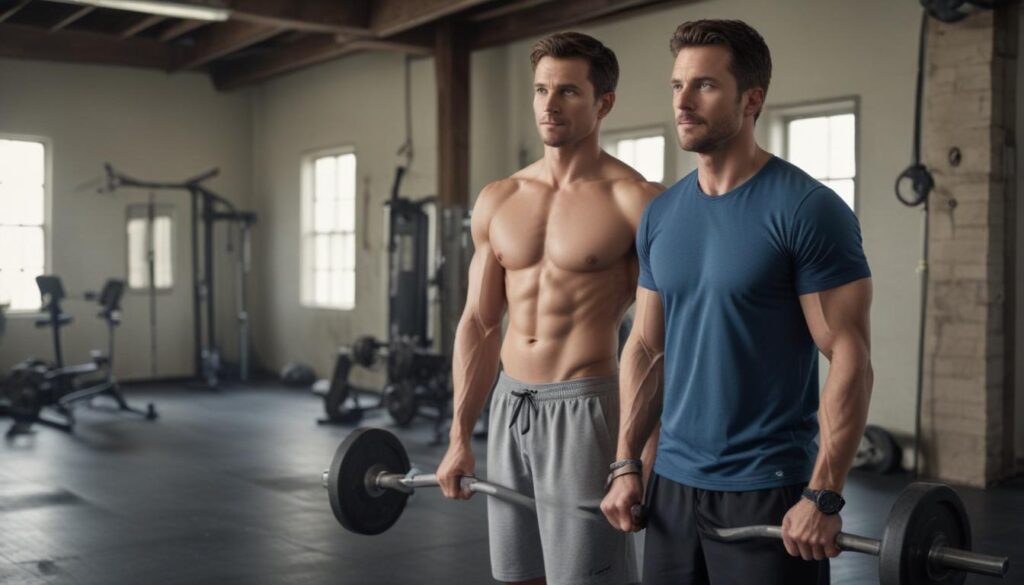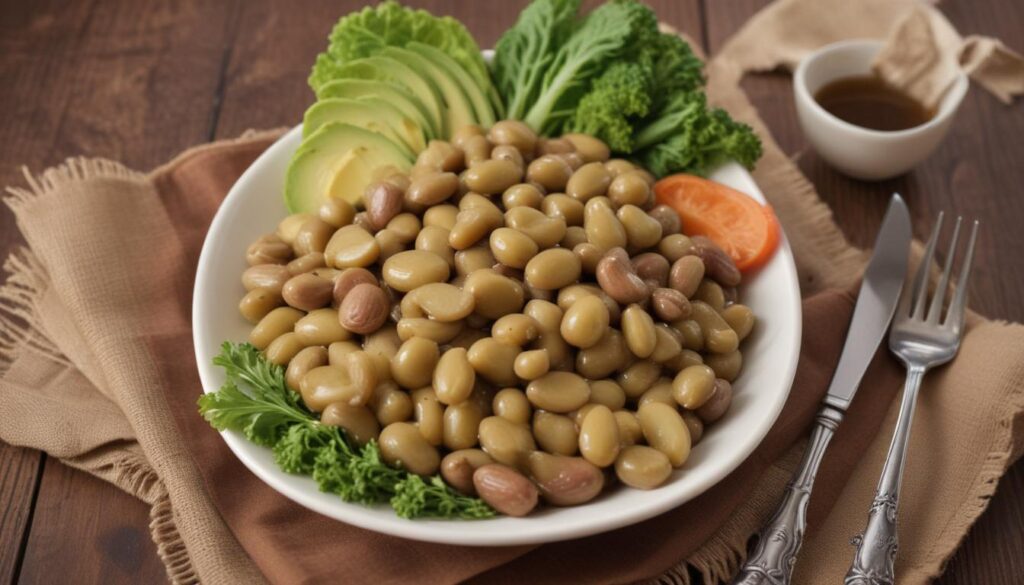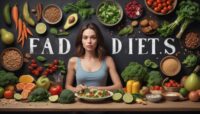Now Reading: Best Protein Foods for Your Body
- 01
Best Protein Foods for Your Body
Best Protein Foods for Your Body
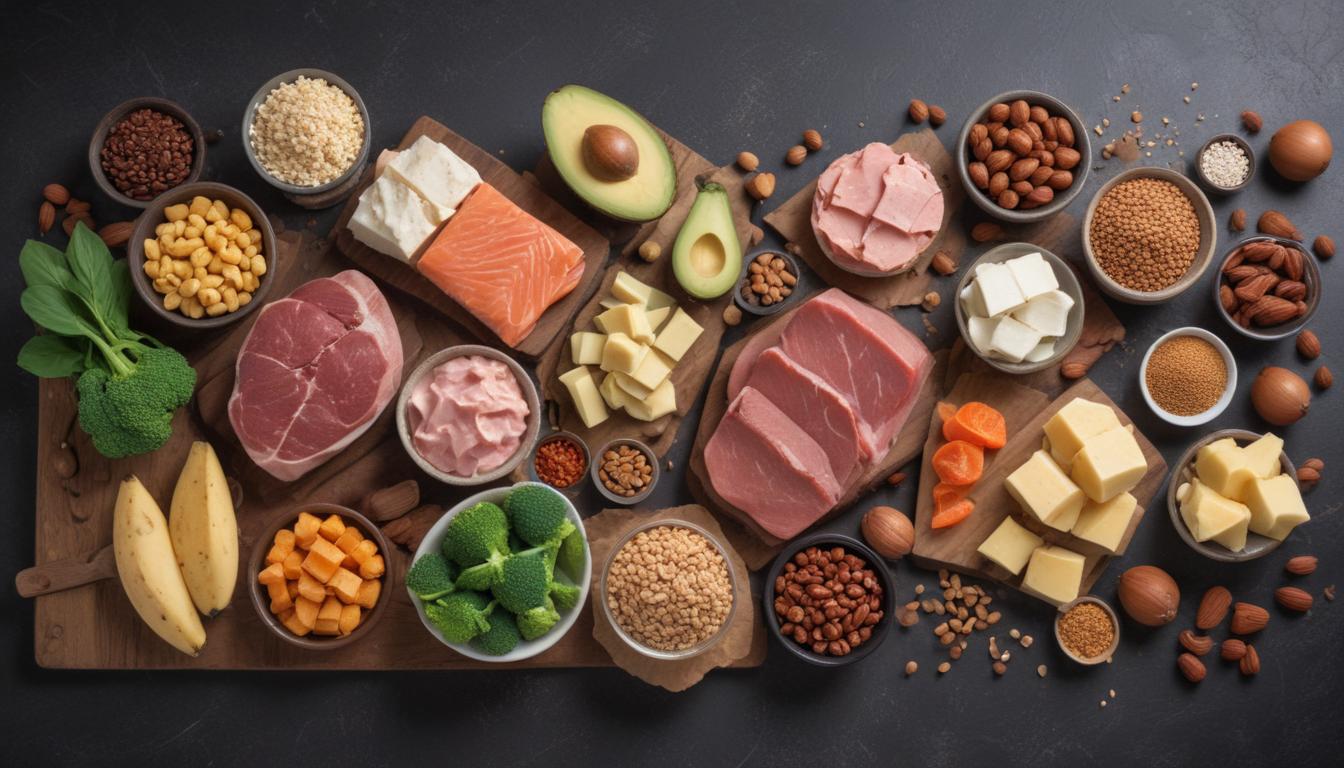
Healthy Protein Sources Building Blocks for Your Body
Are you constantly feeling hungry, even shortly after a meal? Do you struggle with post-workout recovery, or feel like your energy levels are always running on empty? You might be overlooking one of the most fundamental components of a healthy diet. The answer isn’t necessarily eating more, but rather eating smarter. The solution lies in prioritizing the essential macronutrient that acts as the primary building block for your entire body protein.
Understanding and incorporating high-quality protein into your daily meals is the key to unlocking sustained energy, building lean muscle, managing weight, and feeling your absolute best. This guide will cut through the confusion, offering a clear roadmap to the best and most accessible healthy protein sources available. Whether you’re an omnivore, vegetarian, or vegan, you’ll find powerful options to fuel your body, repair tissues, and keep you feeling full and satisfied throughout the day.
Why Protein Is So Important
Think of protein as the master construction crew for your body. It is made up of smaller units called amino acids, which are the literal building blocks for almost everything. Your muscles, bones, skin, and hair all rely on a steady supply of protein for growth and repair. When you exercise, you create tiny micro-tears in your muscle fibers; protein is what comes in to patch them up, making them stronger than before. This is why athletes and active individuals are so focused on their protein intake.
But its role extends far beyond muscle. Protein is crucial for creating enzymes that power countless chemical reactions, including digestion, and for producing hormones that regulate everything from your mood to your metabolism. It’s also a key player in a strong immune system, as antibodies that fight off infection are made of protein. Furthermore, protein is the most satiating macronutrient, meaning it helps you feel fuller for longer. Including a good protein source with every meal can significantly reduce cravings and prevent overeating, making it a powerful ally for weight management.
Top Animal-Based Protein Sources
For many, animal products are the most straightforward way to get complete protein, which means they contain all nine essential amino acids that our bodies cannot produce on our own. These sources are often very bioavailable, meaning the body can absorb and utilize them efficiently.
Lean Meats and Poultry
Chicken and turkey breast are champions in the world of lean protein. They are incredibly high in protein while being relatively low in fat and calories, making them a perfect choice for building muscle without adding excess weight. A single chicken breast can provide a significant portion of your daily protein needs. Similarly, lean cuts of beef and pork, such as sirloin or tenderloin, offer a powerful protein punch along with vital nutrients like iron, which is essential for energy, and vitamin B12, which supports nerve function.
When choosing these sources, opt for grass-fed or organic options when possible, as they often have a better nutritional profile. Grilling, baking, or broiling are healthier cooking methods compared to frying, as they preserve the nutritional integrity of the meat without adding unhealthy fats. Incorporating these lean proteins into your lunches and dinners provides a solid foundation for a strong and well-nourished body.
Fish and Seafood
Fish is not just a fantastic source of high-quality protein; it’s also packed with heart-healthy omega-3 fatty acids. Fatty fish like salmon, mackerel, herring, and sardines are particularly beneficial. These omega-3s are renowned for their anti-inflammatory properties, supporting brain health, reducing the risk of heart disease, and even improving mood. Canned tuna and salmon are convenient and affordable options for a quick protein boost in salads or sandwiches.
Shrimp and other shellfish are also excellent lean protein choices. They are low in calories and provide a good amount of protein along with important minerals like selenium and zinc. Aiming to include fish in your diet at least twice a week is a fantastic strategy to reap both the protein and omega-3 benefits, contributing to overall wellness from the inside out.
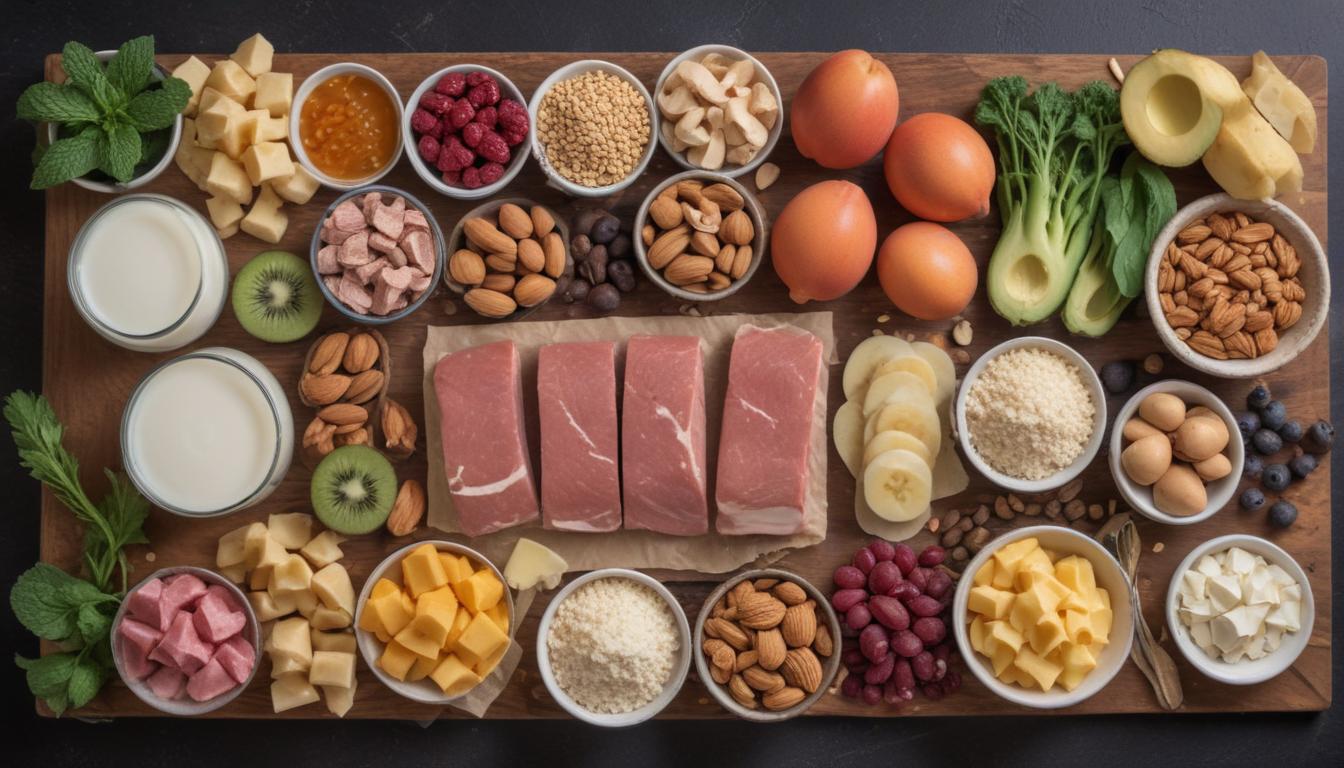
Powerful Plant-Based Protein Sources
A plant-based diet can be incredibly rich in protein if you know where to look. Plant sources offer the added benefits of high fiber, vitamins, and antioxidants. While many plant proteins are “incomplete” on their own, eating a variety of sources throughout the day ensures you get all the essential amino acids your body requires.
Legumes Lentils and Beans
The legume family is a plant-based powerhouse. Lentils, chickpeas, black beans, and kidney beans are not only affordable and versatile but are also loaded with protein and dietary fiber. This fiber-protein combination is exceptional for digestive health and provides a slow, steady release of energy, keeping blood sugar levels stable. A cup of cooked lentils, for example, delivers a substantial amount of protein, making it a perfect base for soups, stews, and salads.
Beans and rice are a classic food pairing for a reason; together, they form a complete protein, providing all the essential amino acids. You can easily add beans and lentils to almost any dish to increase its nutritional value. From hummus made with chickpeas to a hearty black bean chili, these pantry staples make it easy and delicious to meet your protein goals on a plant-based diet.
Nuts Seeds and Soy
Nuts and seeds are small but mighty sources of protein, healthy fats, and fiber. Almonds, walnuts, pistachios, and seeds like chia, flax, and pumpkin seeds make for a perfect satiating snack. Nut butters are another great way to add a protein boost to toast, oatmeal, or smoothies. Quinoa stands out in this category as one of the few plant foods that is a complete protein all on its own, making it an excellent alternative to rice or pasta.
Soy products like Tofu, tempeh, and edamame are also complete proteins and are staples in many vegetarian and vegan diets. Tofu is incredibly versatile, taking on the flavor of whatever it’s cooked with, while tempeh offers a firmer, nuttier taste and is also rich in probiotics. A handful of nuts, a sprinkle of seeds, or a serving of tofu can significantly elevate the protein content of any meal or snack.
Simple Tips for Adding More Protein to Your Diet
Knowing the sources is one thing; easily integrating them is another. Start your day strong with a protein-rich breakfast like Greek yogurt with nuts, a tofu scramble, or eggs. For lunch and dinner, make a protein source the star of your plate, building your meal around it with plenty of vegetables and whole grains.
Upgrade your snacks by swapping out chips or crackers for a handful of almonds, a small container of cottage cheese, a hard-boiled egg, or roasted edamame. You can also boost the protein content of your favorite foods.
Add a scoop of unflavored protein powder or chia seeds to your morning smoothie or oatmeal, and sprinkle nutritional yeast, which has a cheesy flavor and is high in protein, onto salads, pasta, or popcorn. By making these small, consistent changes, you can effortlessly increase your protein intake and fuel your body for optimal health.









